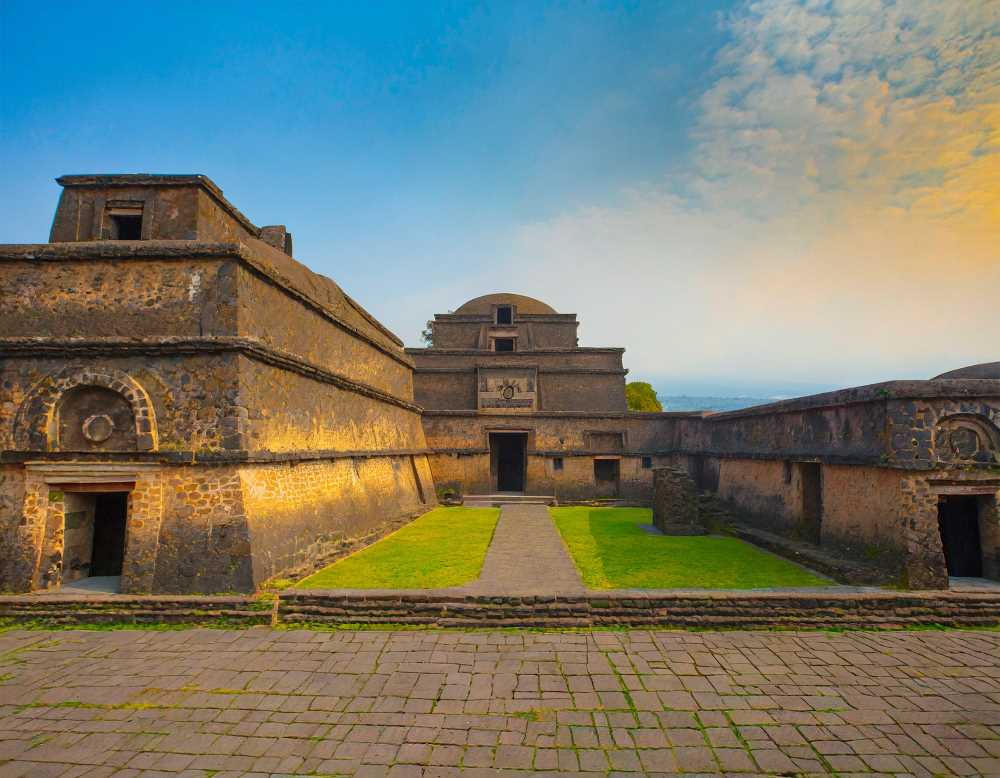Where Did the Aztecs Come From?
The Aztecs, once Chichimecas, embarked on a complex journey from the deserts of Utah to the Valley of Mexico, where they became an empire. A tale of emigration, myth, and identity, their history is as enigmatic as their many names.

A journey shrouded in myth and mystery, an odyssey of epic proportions, taking us back in time to a world where emigrant tribes roamed across desolate landscapes, leaving behind enigmatic footprints. It's a tale that unfolds in the heart of ancient Mexico, where the Aztec civilization would one day rise to glory.
The Aztecs were a complex people, as elusive as the mists of myth and as tangible as the discoveries of archaeology. They called themselves Nahua, a name tied to their language, Nahuatl. But when they narrate their history, they spin a web of names that could make your head spin. Mexica, Aztec, Tenochcas, chichi-mecas, culhúas – all woven together in a rich tapestry of their past. It's enough to make you wonder: were they just playing name games, or was there a deeper story?




